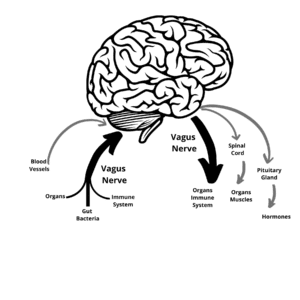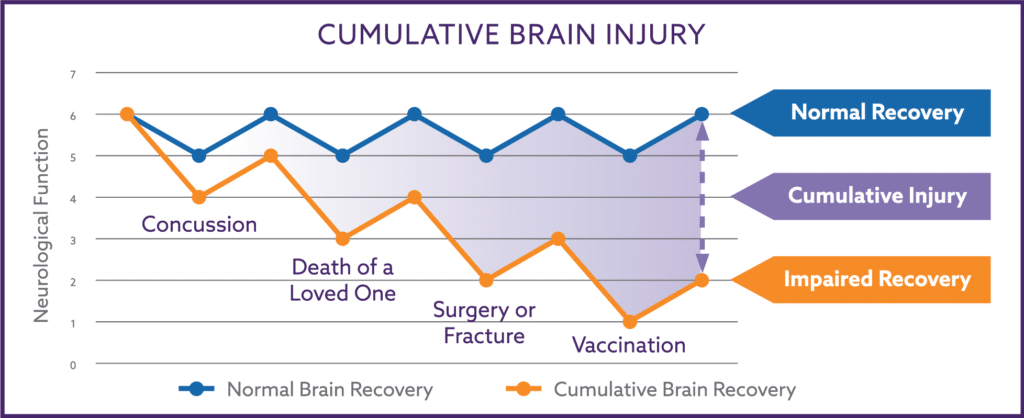 Excellent paper demonstrating how low heart rate variability (HRV) is associated with increased inflammation. High-frequency heart rate variability (HF-HRV) had the strongest inverse relationship with proinflammatory cytokines.
Excellent paper demonstrating how low heart rate variability (HRV) is associated with increased inflammation. High-frequency heart rate variability (HF-HRV) had the strongest inverse relationship with proinflammatory cytokines.HF-HRV represents the functionality of the vagus nerve, the conduit of all parasympathetic signaling. The vagus nerve can lose function because of chronically elevated blood sugar, chemotherapies, and ironically chronic inflammation from bacterial overgrowth or imbalances of omega-3 and omega-6 fatty acids.
When the vagus nerve fails, the inflammation jumps even further since the Vagus nerve is the primary mechanism that controls inflammation. Fortunately, treatment through vagus nerve stimulation is a way to regain control over inflammation throughout the body.
As I discuss in great detail in the second edition of The Nemechek Protocol, transcutaneous vagus nerve stimulation (tVNS) restores vagus nerve functionality, lowers inflammation, and is beneficial in a wide variety of chronic inflammatory conditions. Just 5 minutes of stimulation once to four times per day lower can inflammation.
5
4
votes
Article Rating

